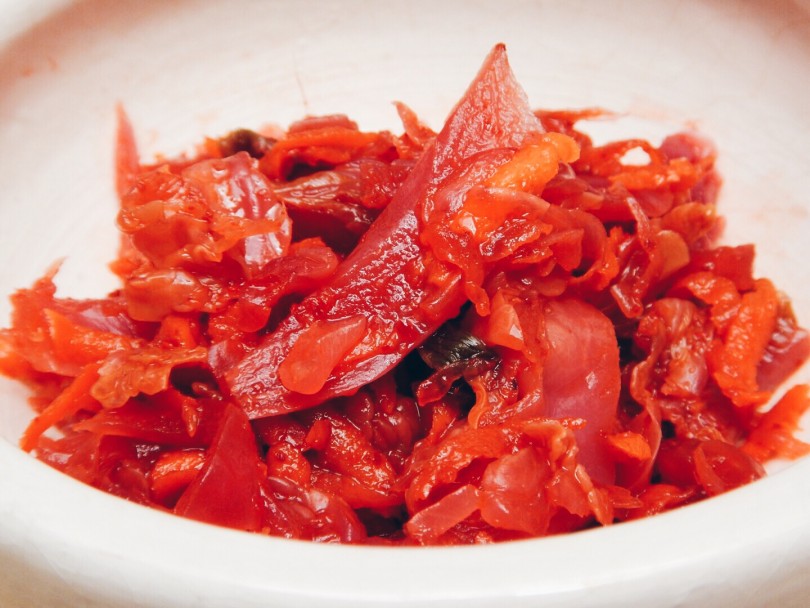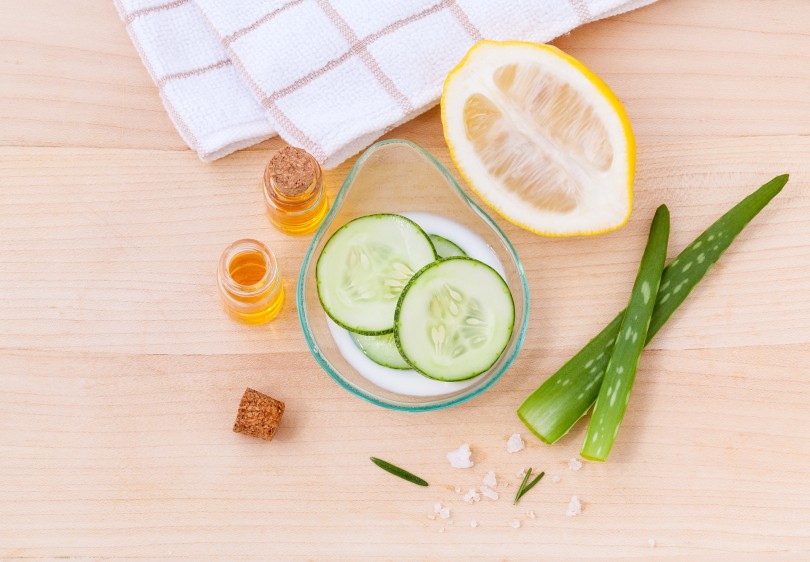Before we delve in, let’s clarify what exactly constitutes a superfood. As consumers, we are bombarded with this word. We see it splashed on magazine covers and labels of expensive granola mixes. All we need to know is that a superfood is any natural food rich in antioxidants, nutrients, and a variety of compounds considered to be especially beneficial to your health. Quinoa, kale, avocados, and chia seeds are household names when it comes to superfoods. But it’s time to explore and reap the benefits of some of the lesser-known superfoods that pack just as much, if not more, nutritional punch!
- Psyllium Husk (a.k.a. the main ingredient in Metamucil): For all the gluten-free and vegan bakers out there, rejoice! Not only does psyllium husk pack a whopping 80g of fiber per 100g serving, but it also congeals when moistened, making it an excellent binding agent for vegan baking. Native to India and Pakistan, it helps maintain overall digestive health and relieves constipation, IBS, and diarrhea. Gut health has never been sexy to talk about, but we are learning just how crucial it is in its connection to several serious illnesses. Not to mention a healthy gut helps maintain a flat stomach and reduces bloating. Psyllium husk is a soluble fiber, which means it absorbs water as it moves through the body, and helps eliminate toxins.
Throw a few tablespoons of this in your morning smoothie and you won’t even notice it. If you’re craving a savory snack, try making a delicious gluten-free bread using psyllium husk, coconut oil, and your choice of nuts and seeds.
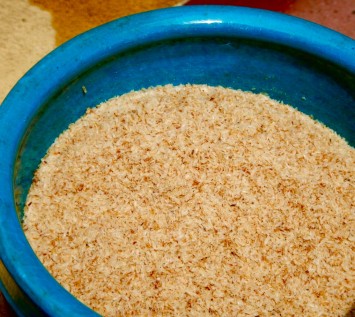
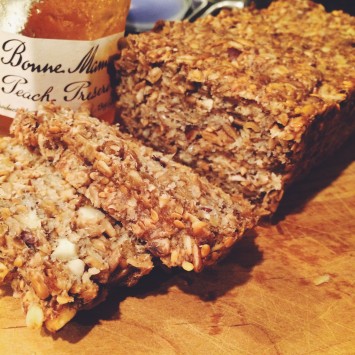
- Moringa: Originally from India, this impressive “miracle” tree now grows on 5 continents and is used for both medicinal purposes and to combat malnutrition. Its nutritional content is absolutely astounding. If you’re aiming to up your iron intake, as many women should be, forget what Popeye taught you. This plant boasts 25 times more iron than spinach! It has more vitamin C than oranges, more potassium than bananas, more calcium than milk, and more protein than yogurt.The easiest and most accessible way to consume this incredible plant is in powder form, which you should be able to find at a health food store. The powder has a mild taste and can be sprinkled on any food, but would be best in green smoothies, juices or soups.
- Sacha Inchi Seed: Pumpkin seeds, cashews, almonds, move aside – here’s something new to spice up your weekend hike trail mix! Also known as the Inca Peanut, this resilient plant has been growing for decades high in the Andes mountains of Peru. It contains an abundance of essential fatty acids (Omega 6 and Omega 3), proteins (Vitamin A, Vitamin E), and amino acids. Omega-3 oil is something our body needs to prevent inflammation, but does not produce, so we have to get it from food. If you wrinkle your nose at the thought of taking fish oil pills (the fish burp struggle is real) try eating more nuts and seeds rich in this nutrient. Sacha Inchi seeds have triple the amount of Omega-3s and double the amount of fiber as walnuts.Like many other nuts and seeds, Sacha Inchi can be roasted to enhance its nutty flavor and for oil extraction. If you roast it yourself, make sure you don’t use a temperature of higher than 115 Fahrenheit, as you don’t want to damage those precious fatty acids! You can use the oil as you normally would for cooking, marinades, and salad dressings.
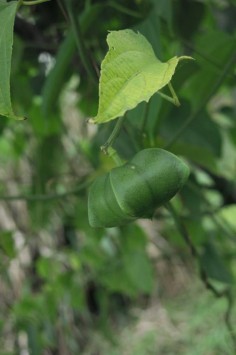
- Maca Powder: Also known as Peruvian ginseng, maca is a potent superfood that has been used for centuries by the indigenous Andean population for nourishment and healing. It has many health benefits, especially for women. Maca is known to decrease the symptoms of menopause, improve fertility, increase bone density, improve mood, enhance energy, and as an aphrodisiac. You can consume maca daily by sprinkling the powder on a meal, or blend into a smoothie!
- Buckwheat Groats: don’t be misled by the word “wheat” in the name of this filling superfood, buckwheat is completely gluten-free! Although it looks, tastes and is cooked like a grain, it is actually the seed of a plant in the rhubarb family. Buckwheat makes a great substitute for rice, or any wheat grain, because it is low on the glycemic index. This means it will not cause a spike in blood sugar levels. Buckwheat beats out rice, wheat, and millet for protein content, and also contains a high amount of essential amino acids. If you order “soba” noodles off the menu at your favorite Asian food restaurant, you are choosing a healthy pasta made of buckwheat!Easy buckwheat porridge on the go: like oatmeal, just soak buckwheat groats in almond milk (or liquid of choice) in a mason jar overnight, add some toppings like chia seeds, honey, and fruit in the morning and run out the door!
- Aloe Vera: You probably recognize the name of this succulent plant as that suspiciously green gel they sell in grocery stores to soothe sunburns. It is well known for its topical uses from burn and wound healing to skin moisturizer, as well as its antiseptic and antibacterial properties. Aloe Vera can be used as part of a regular skincare routine, applied after washing the face to moisturize, tighten, and reduce puffiness. But did you know that you can eat it? Aloe vera contains a wealth of important vitamins, minerals, and nutrients that strengthen the immune system and improve bodily function. In addition to Vitamin A, and Vitamin E, it is a great source of Vitamin C. It has at least 8 types of enzymes which help the body break down sugar and fat, therefore aiding with digestive health.Depending on where you live, you may able to find fresh aloe (sold in individual leaves, which are long, sharp-looking triangles) in the produce section of select grocery stores. If this is not an option, don’t worry- aloe based products are becoming increasingly easier to find in stores. Look for aloe juices and waters in the health food aisle or health food stores. Feeling adventurous? Try your hand at growing your own plant and have a fresh supply of aloe at all times that you can mix into your green smoothie!
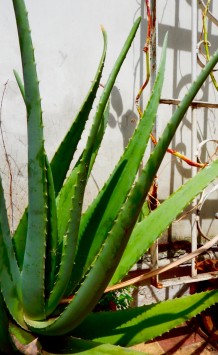
- Kimchi: If you’re not afraid of a little heat, this spicy ancient Korean side dish should be on your list to try! Not only is it bursting with fresh, complex, tangy flavor, but it’s also bursting with antioxidants, electrolytes, fiber, and probiotics. This fermented cabbage condiment (think super spicy sauerkraut) is a staple food that is eaten at almost every meal in Korea, and is quickly becoming popular around the world. It is high fiber, low fat, and extremely beneficial for digestive health because of its content of lactobacilli (friendly bacteria that our stomachs need).You can buy an inexpensive jar in the refrigerated section of the grocery store, or at your local Asian supermarket. This spicy superfood is especially delicious with rice dishes, but you can try it on salads, soups, burgers, or scrambled eggs.
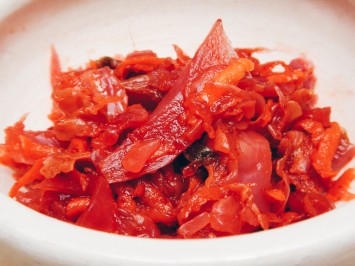
- Amaranth: Like quinoa nourished the Incas, amaranth is an ancient plant that has nourished the Aztec population for years. This gluten-free super grain has a high amount of protein, cooks very quickly (no soaking required), and contains more essential amino acids than any other plant. It has been proven to reduce cholesterol and is one of the only grains that has Vitamin C. It is high in iron and fiber, and has more protein than milk. Especially for vegetarian athletes, be sure to include this in your diet! It is great for maintaining muscle mass and recovery.Amaranth has a slightly nutty flavor, which makes it a great choice for a cold salad paired with vegetables. It can also be used in place of rice or quinoa in a hot dish. Check the health food store to find ground amaranth that can replace flour in gluten-free baking, and seriously step up the nutritional value of muffins, breads, and other baked goods!
- Turmeric: Often called a “healing spice” turmeric is most often seen in curry dishes, but its incredible nutritional content should encourage us to include it in our daily diet. Turmeric is anti-inflammatory, anti-oxidant, and has been known to improve the symptoms of rheumatoid arthritis, depression, and lower cholesterol.
Craving a rich, warm drink? Before you run out the door for a $7 chai mocha low-fat whatever, try this recipe at home. In a saucepan, heat almond milk (or your favorite non-dairy milk), turmeric, cinnamon, honey, and black pepper. Let it simmer a few minutes to bring out all the flavors, strain, and enjoy!
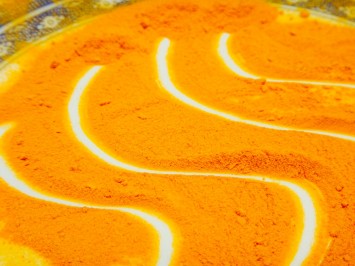
- Bone Broth: Don’t be scared off by the name of this superfood, it’s not as gruesome as it sounds. Deeply flavorful, this broth is made from bones that have been roasted to enhance their flavor, and then simmered in water for at least 24 hours. This process allows the bones to release valuable minerals as well as gelatin that will be easily absorbed by the body. If you follow a Paleo diet or are a Crossfit fanatic, you may have heard of this highly praised food, as it is popular in those circles for its high nutritional content and healing properties. You can make this yourself easily and inexpensively, you just need bones, water, and a big pot!

